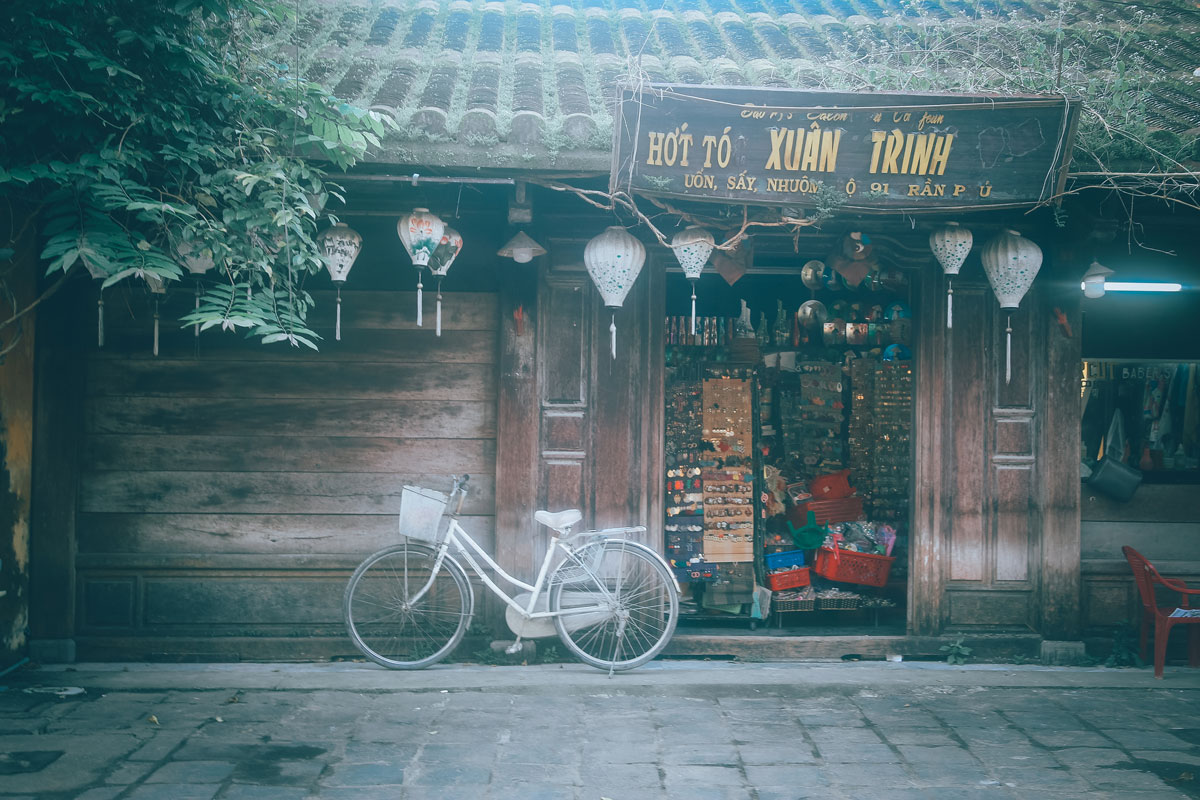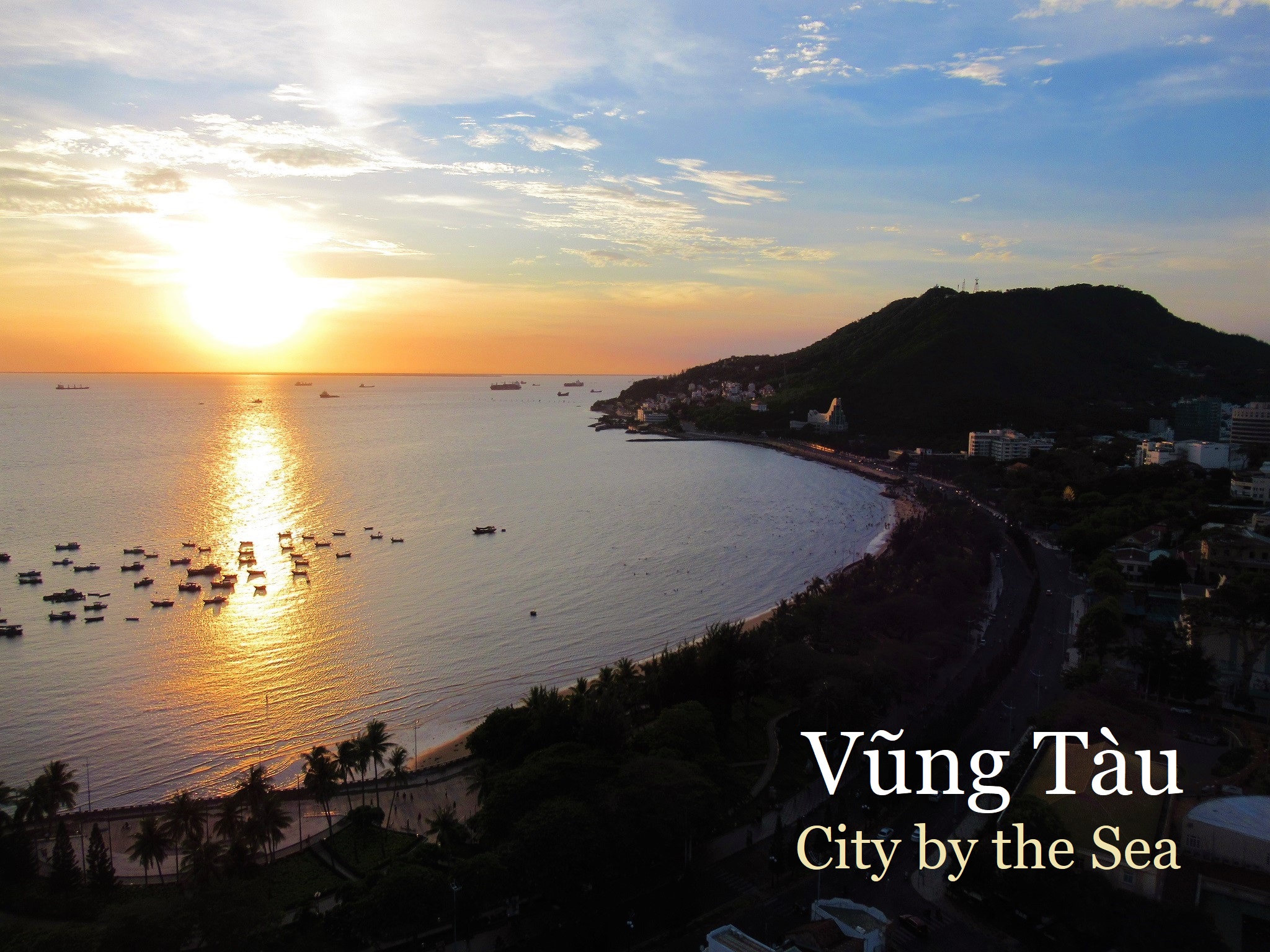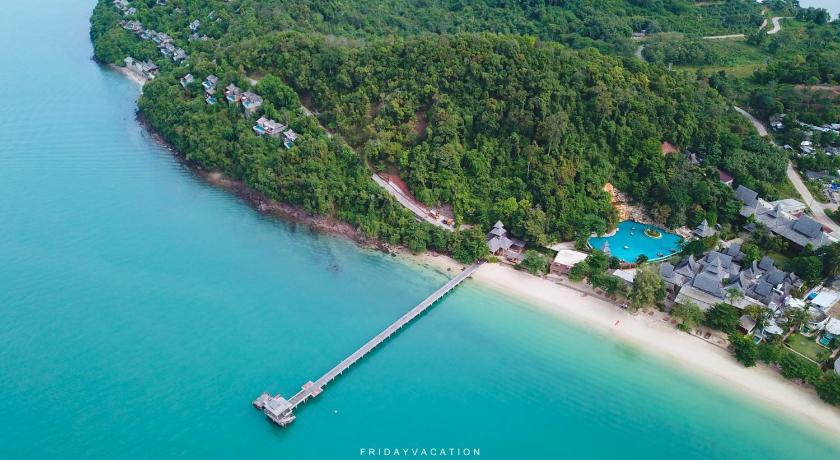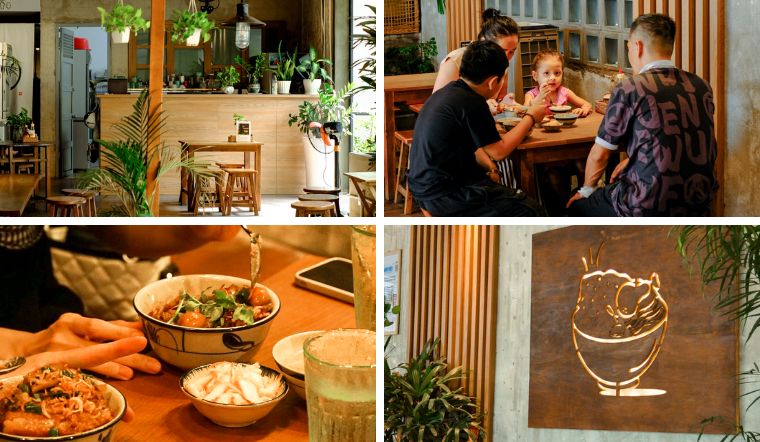Things i learn from ireland trip
.jpg)
Ireland
Geopolitically, the island of Ireland is divided between the Republic of Ireland (officially named Ireland), an independent state covering five-sixths of the island, and Northern Ireland, which is part of the United Kingdom. As of 2022, the population of the entire island is just over 7 million, with 5.1 million living in the Republic of Ireland and 1.9 million in Northern Ireland, ranking it the second-most populous island in Europe after Great Britain.[11]
Địa chính trị, hòn đảo ireland được chia thành cộng hoà ireland, một quốc gia độc lập bao phủ 5/6 hòn đảo, và Northen Ireland, một phần của UK. Theo số liệu năm 2022, dân số toàn hòn đảo là 7 triệu trong đó 5 triệu dân từ cộng hoà ireland và 1.9 triệu dân là Northen Ireland. Là hòn đảo đông dân thứ 2 ở châu âu sau vương quốc Anh.
Về địa lí ireland gồm nhiều ngọn núi tương đối thấp bao quanh một đồng bằng trung tâm, với một số dòng sông có thể đi lại được kéo dài vào đất liền. Thảm thực vật tươi tối là sản phẩm của khí hậu ôn hoà nhưng dễ thay đổi nơi mà không có khí hậu khắc nghiệt. Hầu hết Ireland là rừng cho đến thời trung cổ. Ngày nay, rừng chiếm khoảng 10% toàn bộ hòn đảo, so với trung bình châu âu là 33%, với phần lớn đồn điền cây lá kim không phải bản địa.
Khí hâu Ireland bị ảnh hưởng bởi đại tây dương và ôn hoà, và mùa đông thì nhẹ nhàng/dễ chịu hơn kỳ vọng cho một vùng bắc. Mặc dù mùa hè thì lạnh hơn ở các nước khác khu vực châu âu. Lượng mưa và mâu che phủ rất dồi dào.
New words: comprise (bao gồm) plain (đồng bằng), Lush vegetation (thảm thực vật), Mild (ôn hoà), Woodland (rừng), abundant (dồi dào)
The geography of Ireland comprises relatively low-lying mountains surrounding a central plain, with several navigable rivers extending inland. Its lush vegetation is a product of its mild but changeable climate which is free of extremes in temperature. Much of Ireland was woodland until the end of the Middle Ages. Today, woodland makes up about 10% of the island, compared with a European average of over 33%,[12] with most of it being non-native conifer plantations.[13][14]
The Irish climate is influenced by the Atlantic Ocean and thus very moderate,[15] and winters are milder than expected for such a northerly area, although summers are cooler than those in continental Europe. Rainfall and cloud cover are abundant.
Gaelic Ireland được nhập từ thế kỷ 1 trước công nguyên. Hòn đảo theo đạo thiên chúa từ thế kỷ thứ 5. Trong suốt thời gian này, ireland được chia thành nhiều cai trị khác nhau dưới thời Kingships
Gaelic Ireland had emerged by the 1st century AD. The island was Christianised from the 5th century onwards. During this period Ireland was divided into many petty kingships under provincial kingships (Cúige "fifth" of the traditional provinces) vying for dominance and the title of High King of Ireland.
In the late 8th century to early 11th century AD Viking raids and settlement took place culminating in the Battle of Clontarf on 23 April 1014 which resulted in the ending of Viking power in Ireland. Following the 12th century Anglo-Norman invasion, England claimed sovereignty. However, English rule did not extend over the whole island until the 16th–17th century Tudor conquest, which led to colonisation by settlers from Britain. In the 1690s, a system of Protestant English rule was designed to materially disadvantage the Catholic majority and Protestant dissenters, and was extended during the 18th century. With the Acts of Union in 1801, Ireland became a part of the United Kingdom. A war of independence in the early 20th century was followed by the partition of the island, leading to the creation of the Irish Free State, which became increasingly sovereign over the following decades until it declared a republic in 1948 ( Republic of Ireland Act, 1948) and Northern Ireland, which remained a part of the United Kingdom. Northern Ireland saw much civil unrest from the late 1960s until the 1990s. This subsided following the Good Friday Agreement in 1998. In 1973, both the Republic of Ireland and the United Kingdom, with Northern Ireland as part of it, joined the European Economic Community. Following a referendum vote in 2016, the United Kingdom, Northern Ireland included, left the European Union (EU) in 2020. Northern Ireland was granted a limited special status and allowed to operate within the EU single market for goods without being in the European Union;[16] the economy has subsequently grown faster than the rest of the UK.[17]
Dubline
- The spire
- Molly Mallone
Galway


.jpg)




